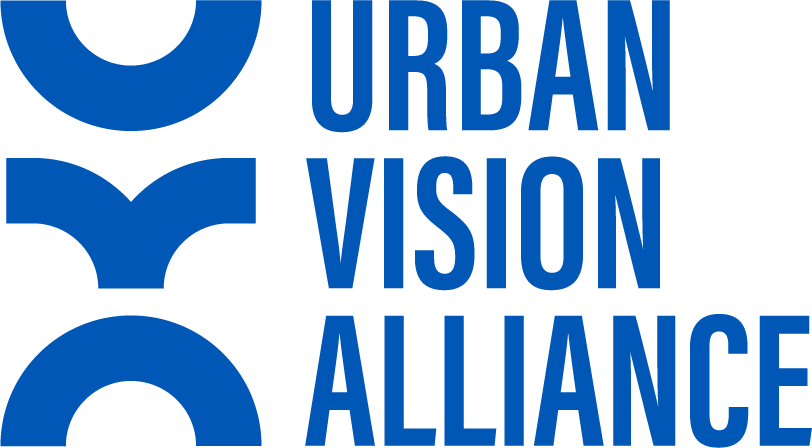The Challenge of Homelessness Can Be Met
Homelessness curbs life expectancy and is a predictor of deteriorating health outcomes and trauma. Vulnerable people become targets, perpetuating the very reasons they ended up living on the streets. It’s all so overwhelming that addressing the problem feels beyond our personal capacity. Yet the people affected, plus the cost and damage to society, make it our responsibility.
The scale of homelessness in America right now is a humanitarian crisis, and we tolerate it because we don’t know what to do. We throw up our hands and conclude the problem is too difficult to resolve. But in reality, it’s not.
Addressing this crisis as a community is one of the smartest investments we can make.
Causes of Homelessness
Many Americans are only a few missed paychecks away from becoming homeless. This is exacerbated by the lack of affordable and extremely low-income housing to meet demand. Other prominent triggers include physical and behavioral health issues, income inequality, poverty, violence, trauma, addiction, and racial disparities. Causes can go back decades, and they affect and compound each other, making solutions even more complex.
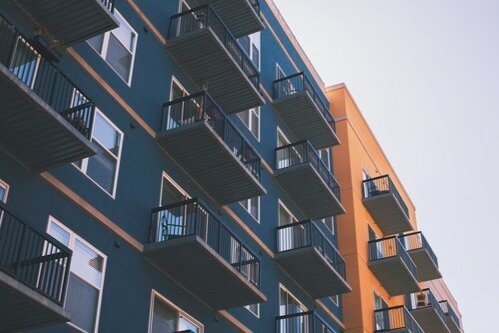
Lack of Affordable Housing
More than 8 million extremely low-income households pay at least half of their income toward housing, putting them at risk of eviction, housing instability, and homelessness.
The U.S. has a shortage of 6.8 million affordable rental homes. Only 37 affordable and available rental homes exist for every 100 extremely low-income renter households.
The deficit of affordable and available rental units in California was -962,667 units for extremely low-income households and -1,392,136 units for area median income households. Additionally, there were 1,271,125 extremely low-income renter households and 308,458 affordable and available rental homes — a gap of 962,667 affordable rental homes.
Sources: The National Alliance to End Homelessness, National Low Income Housing Coalition March 2021 Gap Report, National Low Income Housing Coalition (California)
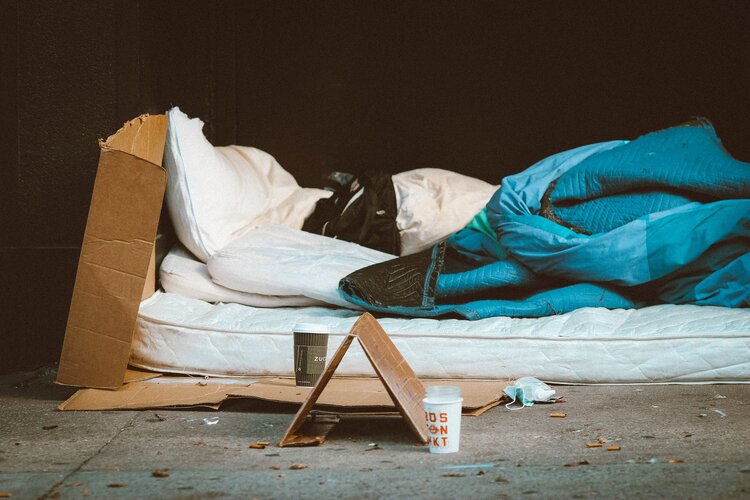
Income Inequality
The typical American worker has seen little to no growth in weekly wages over the past three decades.
Low-income households often do not earn enough to pay for food, clothing, transportation, and a place they can call home. For those who are low-income but employed, wages have been stagnant and have not kept pace with expensive housing costs.
Having little to no income, combined with the dwindling availability of low-cost housing, leaves many people at risk for becoming homeless. Extremely low income renters (whose household incomes are at or below the poverty guideline, or 30 percent of their area median income) struggle to access housing in every state.
Sources: The National Alliance to End Homelessness, National Low Income Housing Coalition
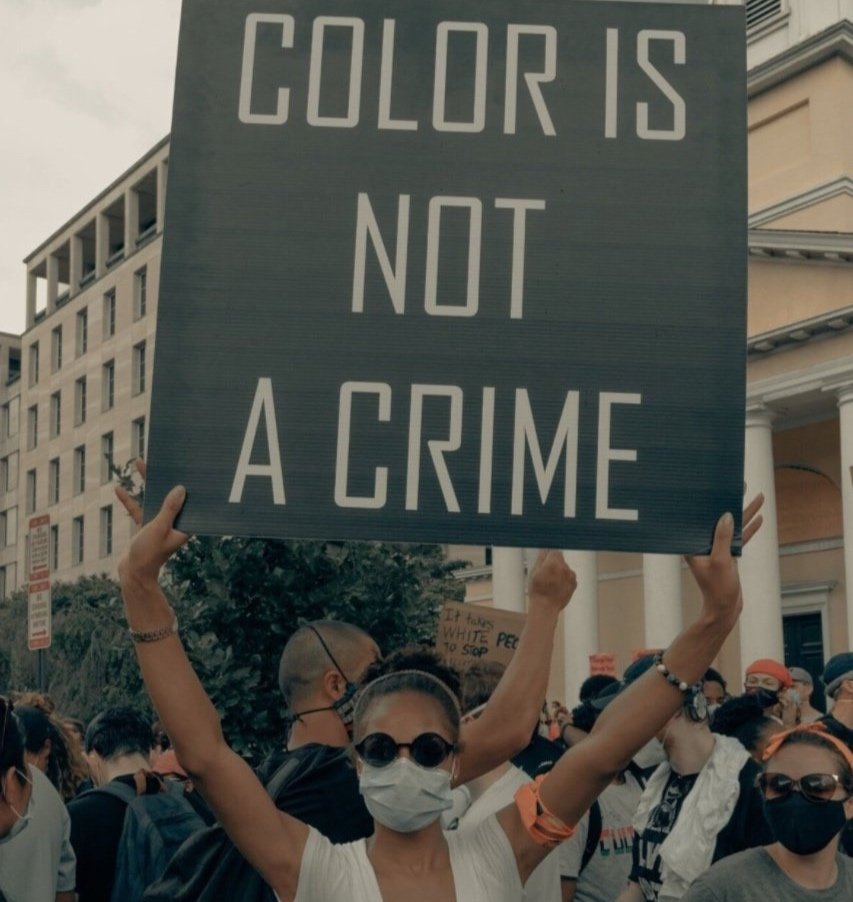
Systematic Racial Inequalities
Starting with slavery and segregation, and continuing with ongoing racism and discrimination, systemic racial inequality has had a significant impact on minority groups’ access to safe, stable housing.
Most minority groups in the U.S. experience homelessness at rates higher than Whites, and therefore make up a disproportionate share of the homeless population. Indigenous peoples, including Native Americans and Pacific Islanders, are particularly overrepresented among America’s homeless.
Black Americans, who represent 13 percent of the general population, account for 39 percent of people experiencing homelessness. Additionally, Black Americans are 2.5 times as likely as their White counterparts to experience poverty and twice as likely to be unemployed.
Sources: National Alliance to End Homelessness Racial Disparities, National Alliance to End Homelessness Racism and the Legacy of Slavery, The National Alliance to End Homelessness, Pew Trust

Physical & Behavioral Health Issues
A physical or behavioral health issue can quickly lead to unemployment, poverty, and ultimately homelessness.
Across the nation, 21 percent of people experiencing homelessness were severely mentally ill. And homelessness itself can make the situation even worse—people who are homeless have higher rates of illness and die on average 12 years sooner than the general U.S. population.
Health and homelessness are inextricably linked. Health problems can cause a person’s homelessness as well as be exacerbated by the experience. Housing is key to addressing the health needs of people experiencing homelessness. The COVID mortality rate is 61 percent higher in homeless people than the general population.
Sources: National Health Care for the Homeless Council, The U.S. Department of Housing and Urban Development, The National Alliance to End Homelessness, Bay Area Council’s Bay Area Homeless 2021 Report, National Health Care for the Homeless Council
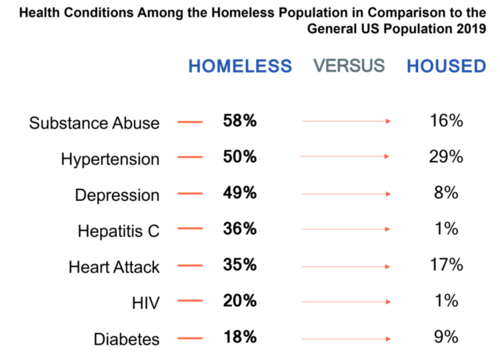
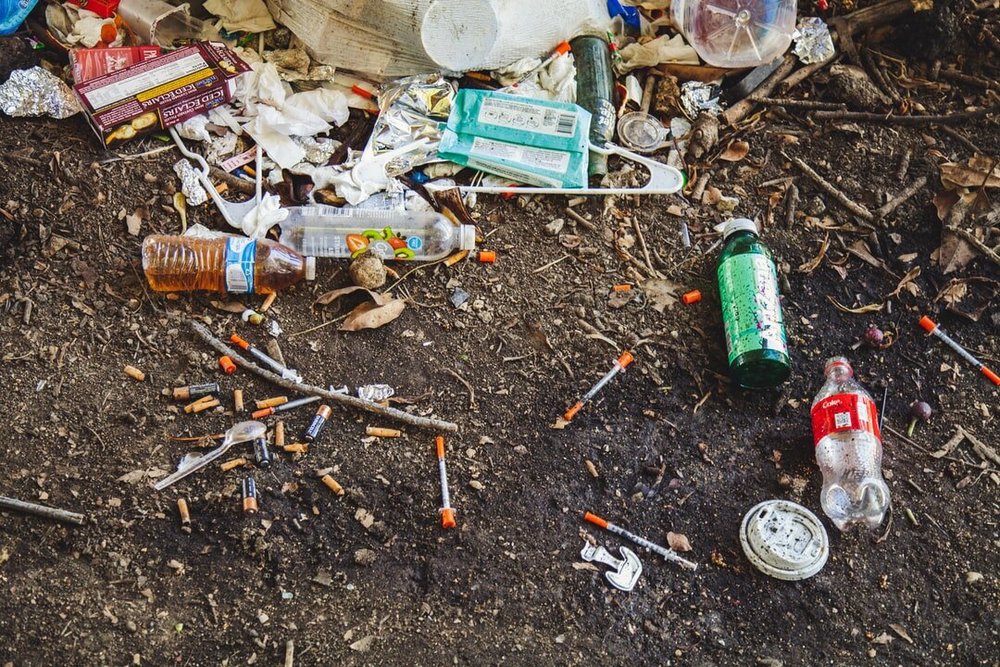
Addiction
Homelessness and addiction go hand-in-hand, with 38 percent of people experiencing homelessness dependent on alcohol, and 26 percent dependent on other harmful chemicals.
In San Francisco, there were twice as many drug overdose deaths, many attributed to fentanyl, as there were COVID-19 fatalities in 2020. Frequently, addiction is a result of homelessness. Individuals suffering from homelessness may develop psychiatric conditions in response to the harsh lifestyle: threatened by violence, arrest, starvation and malnutrition, and sleep deprivation from lack of shelter. Homelessness triggers or sustains substance abuse, and substance abuse often contributes to more homelessness and death.
Source: Addiction Center, CapRadio
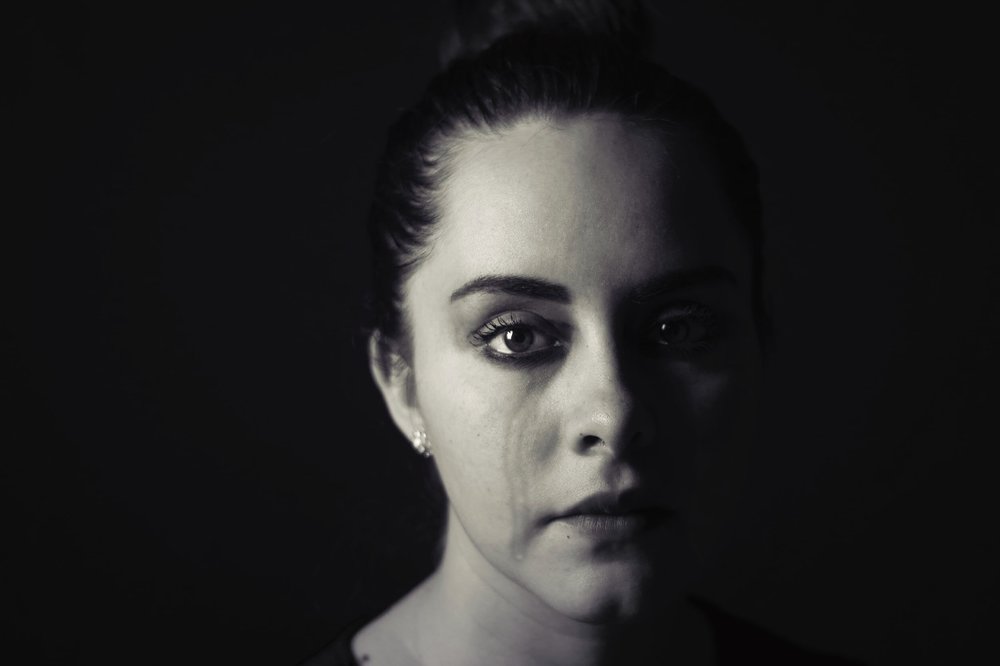
Violence & Trauma
Many survivors of domestic violence become homeless when leaving an abusive relationship, and often suffer from depression and/or post traumatic stress disorder.
Trauma of all sorts – physical, emotional, or sexual – is known to be both a cause and a result of homelessness. Studies have shown that domestic violence can lead to homelessness for women and their children. Research also shows that childhood abuse is a risk factor for homelessness later in life, and that LGBTQ+ youth often leave home because of negative and violent reactions to their coming out process.
Estimated number of homeless people who are victims of domestic violence in the United States in 2020, by sheltered status

Transitional Housing: 6,231 | Unsheltered: 15,837 | Emergency Shelter: 26,464
“Impacting the rate of people falling into homelessness in the United States requires comprehensive policies that address poverty, unemployment, insufficient affordable housing options, historical oppression and institutionalized racism, and mental health and addiction. These root causes must be factored into funding and initiatives to have a meaningful impact on reducing the trend toward homelessness. Crafting impactful solutions to homelessness will require a thoughtful and systematic approach leveraging public and private resources and partnerships.”
— Ackerson, S. (UVA Board) / Manaugh, B. / Dillard-Gonzalez, K.
Challenge to Solving This Crisis
Despite decades of effort and investment, street homelessness remains an unsolved challenge. We have the resources and expertise needed to solve it but system-level dynamics have acted as barriers to realizing a solution. We need to address these issues before we can make real progress.

NARROW GOVERNMENT FUNDING POLICIES
Public funding policies are often limited in scope to fund only “Housing First” projects, and a lot more funding will be needed to effectively support this single approach across our nation. It also excludes funding for other critical and innovative models that are key components of a comprehensive solution.

CONFLICTING AGENDAS
When government agencies and nonprofits have conflicting agendas, it can lead to competition for resources. This can result in wasted efforts and resources, suboptimal solutions, and it can undermine innovative solutions. This dynamic can also hinder the ability to work towards a shared vision and plan.

FRAGMENTED EFFORTS
While some leaders and organizations are working together across the ecosystem and making important gains, it is mostly done in limited groups. Key stakeholders are not always at the same table, and we fall short of bringing all of the resources and coordination needed to fund and service the range of challenges today.

LACK OF A SHARED VISION AND MODEL
Government leaders, homelessness providers, the business sector, and the community have not come together as an ecosystem to create a shared vision, a comprehensive solution, and agreed upon measures of success. Turnover and interruption in city leadership can further impact long-term, city-wide efforts.

HOPELESSNESS
Many people fear that the problem is too big and intractable to solve, so they don’t even try. This leaves many experts, donors, corporations, and other leaders on the sidelines, when it is exactly these people who we need to get involved. We can no longer sit on the sidelines. It is time to provide hope with a new approach.
We need a new way to elevate our level of collaboration.
Ways to Join Us
Donate
Every dollar leads to positive impact.
Be an Ambassador
Use your connections for a cause.
Join the Alliance
We’re looking for companies that care.
